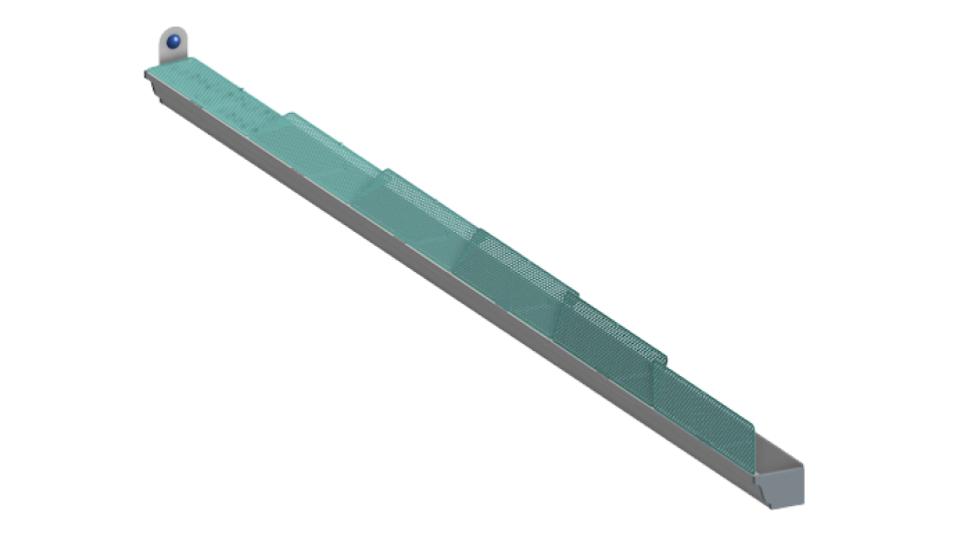

This project, developed as part of Northwestern's Human-Centered Product Design course, addressed the critical safety and accessibility challenges homeowners and professional services face when cleaning second-story gutters. With a multidisciplinary team, I led the development of an innovative spring-loaded mesh guard system that enables safe, efficient gutter maintenance from the ground level. Through comprehensive user research, iterative prototyping, and rigorous testing, we created a solution that eliminates the need for dangerous ladder climbing while providing superior cleaning performance and real-time gutter visibility.
Our team identified a significant white space opportunity in home maintenance: over 50,000 Americans are injured annually in ladder-related accidents with gutter cleaning representing a primary cause. We connected with California homeowners facing dual challenges: clogged gutters posing serious fire risks in drought-prone regions and insurance companies using drones to inspect and monitor gutter maintenance, potentially canceling coverage for debris accumulation. Professional services often refuse second-story work due to liability concerns, leaving homeowners with dangerous DIY solutions or expensive alternatives.

We conducted in-depth interviews with homeowners and professional services to understand the complete ecosystem of challenges. Through direct observation and journey mapping, we discovered that existing solutions (extended pressure washers, telescoping brushes, and static mesh guards) consistently failed to meet user needs for safety, reach, visibility, and effectiveness.
Key insights from our research included:
Through comprehensive brainstorming, our team generated six distinct solution categories: extendable poles, drones, retractable scrapers, remote-controlled cars, emptiable baskets, and window-based tools. Using systematic alternative matrices, we evaluated each concept against critical performance requirements - safety, reach, visibility, cleaning effectiveness, and ease of use. The emptiable mesh basket concept emerged as the most promising solution.

We developed three successive prototypes, each incorporating user feedback and performance improvement.
First Prototype:
Ground-level proof of concept that validated debris removal but lacked automatic reset functionality.
Second Prototype:
Added spring-loaded mechanism for automatic mesh guard return and conducted testing on Northwestern's Ford balcony, achieving 96.3% removal of dry debris.
Final Prototype:
Scaled to full 10-foot gutter length with enhanced string durability and ergonomic handle, tested with both dry and wet debris to simulate real-world conditions.
Our final design combines three integrated components: spring-loaded mesh guard that flips downward to release debris, a ground-level pull-string system with ergonomic handle, and a solar-powered inspection camera with mobile app connectivity. The modular system, installed across entire gutter lengths, enables users to clean accumulated debris in seconds through simple pull-and-release action.

We conducted comprehensive functional and user testing across two iterations with 10+ participants. Our solution achieved:
Our financial analysis identified a viable market opportunity with projected retail pricing of $99-$149, targeting homeowners in fire-prone regions. We identified partnership strategies with insurance companies, home improvement retailers, and fire safety organizations. Future development focuses on aesthetic improvements, smart home integration, and enhanced user feedback systems.
This project exemplified human-centered design principles while addressing a genuine safety crisis. I'm particularly proud of our team's commitment to ethical engineering—prioritizing user safety, environmental sustainability, and accessibility throughout the design process. The experience reinforced my passion for creating solutions that meaningfully improve people's daily lives while tackling complex, multifaceted challenges.